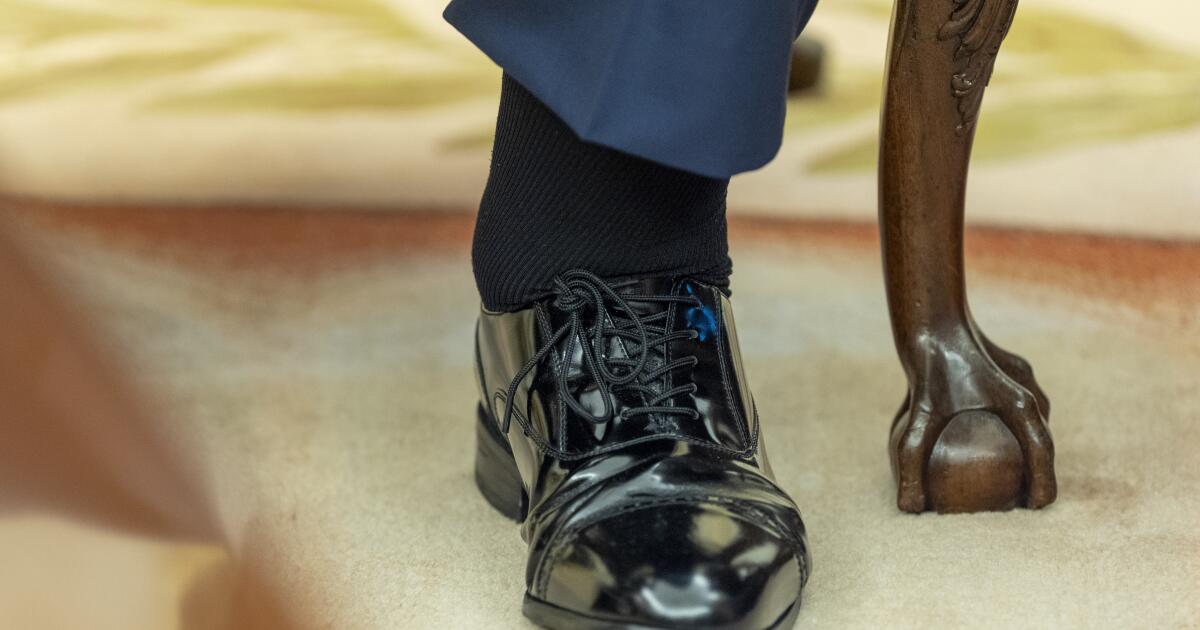Trump to undergo ‘semiannual physical’ at Walter Reed 6 months after annual exam
WASHINGTON — President Trump is undergoing what he has described as a “semiannual physical” at Walter Reed National Military Medical Center on Friday.
The visit, which the White House announced earlier this week, comes as Trump is preparing to travel to the Middle East on the heels of a ceasefire deal in the Israel-Hamas war. White House press secretary Karoline Leavitt described it as a “routine yearly checkup,” although Trump had his annual physical in April.
The White House declined to explain why Trump was getting a yearly checkup six months after his annual exam. But in an exchange with reporters Thursday, he said it was a “semiannual physical.”
“I’m meeting with the troops, and I’m also going to do a, sort of, semiannual physical, which I do,” Trump told reporters in the Oval Office. “I think I’m in great shape, but I’ll let you know.”
The president is scheduled to return to the White House after his visit to Walter Reed, which is located in Bethesda, Maryland.
Trump’s April physical found that he was “fully fit” to serve as commander in chief. The three-page summary of the exam done by his doctor, Navy Capt. Sean Barbabella, said he had lost 20 pounds (9 kilograms) since a medical exam in June 2020 and said he has an “active lifestyle” that “continues to contribute significantly” to the well-being of the president, who’s 79.
In July, the White House announced that Trump recently had had a medical checkup after noticing “mild swelling” in his lower legs and was found to have a condition common in older adults that causes blood to pool in his veins. Tests by the White House medical unit showed that Trump has chronic venous insufficiency, which occurs when little valves inside the veins that normally help move blood against gravity gradually lose the ability to work properly.
At the April physical, Trump also passed a short screening test to assess different brain functions.
Kim writes for the Associated Press.

